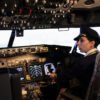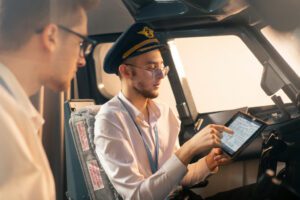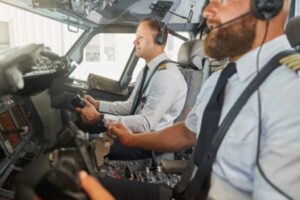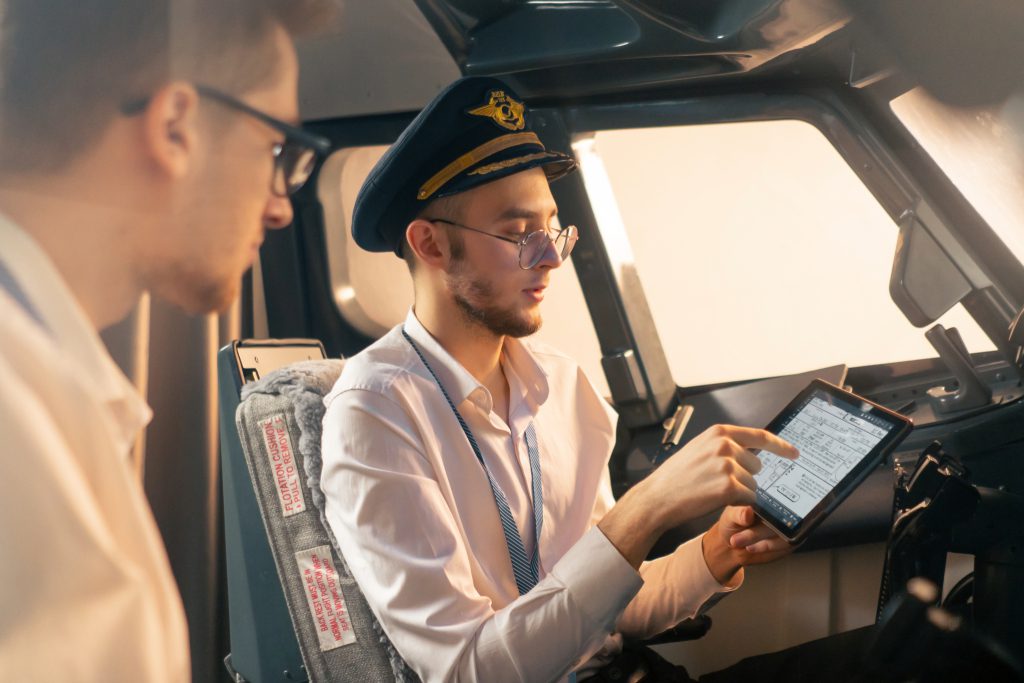Who Do We Recommend These Books To?
For those who wish to become pilots, immersing themselves in literature in the sphere of aviation may prove helpful in enhancing one’s knowledge and comprehension of various aspects of flight theory, navigation, and aviation history in general. In case you are at the stage of your initial flight training or seeking to learn new aspects, here are the 10 aviation books that every pilot trainee should read
Stick and Rudder: An Explanation of the Art of Flying by Wolfgang Langewiesche
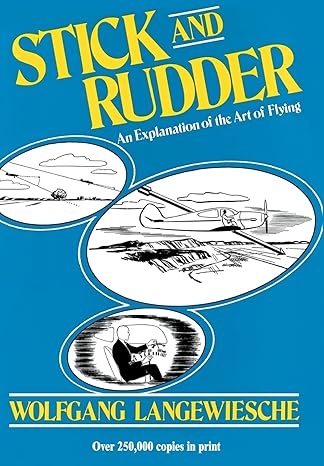
This book is a timeless guide to the fundamentals of piloting aircraft. First published in 1944, the book demystifies the principles of flight and focuses on practical flying techniques rather than technical jargon. Langewiesche explains key concepts such as lift, control surfaces, coordinated turns, stalls, and landings, offering clear insights into the behavior of an aircraft in flight. The book emphasizes the importance of understanding the aircraft’s reactions to pilot inputs. Aimed at both novice and experienced pilots, it remains a definitive resource for mastering the art of flying.
Fate is the Hunter by Ernest K. Gann
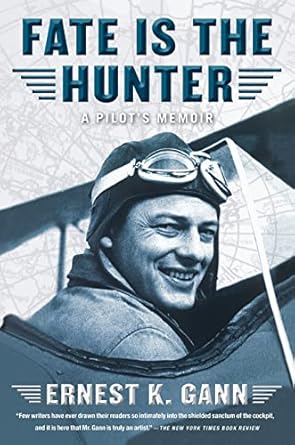
The book ‘Fate is the Hunter’ is an autobiography by Ernest Gann that is not only a historical timeline but a comprehensive account of trials that test early bush pilots. As Gann narrates his recollections of flying from New York to Chicago in the first years of commercial operation, it is worth touching upon the issues of chance, destiny, and the inner motivation of a person. It offers young would-be aviators some understanding of the approach, which was taken by people, in the early days of aviation.
The Complete Private Pilot by Bob Gardner
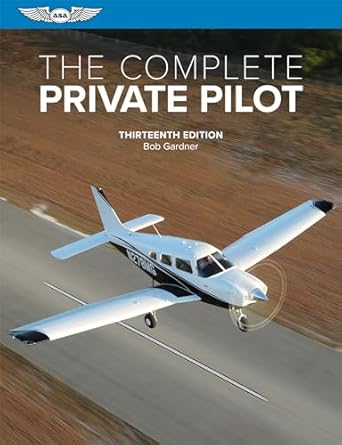
The Complete Private Pilot course is suitable for those who wish to obtain a Private, Sports, or Recreational Pilot certificate. The author, a well-respected figure in the aviation world, writes in an approachable manner and considers all the details connected with getting the title and getting ready to fly.
Weather Flying by Robert N. Buck
Flying can be done safely if a pilot comprehends the weather. “Weather Flying” explains complicated weather issues in a simple way, targeting the reader’s understanding of the weather’s effect upon aviation. Being a pilot himself, Buck merges his technical skills with common sense and offers practical solutions for a future pilot in the weather uncertainty just before spiraling to aversive, when the returning sky is not straightforward and unconducive for flying
The Killing Zone: How & Why Pilots Die by Paul A. Craig
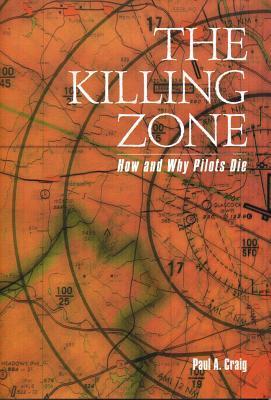
This book sheds light on the subjects of aviation safety and causes that would not have required extra deposits and premiums, and makes several mistakes that usually bring the pilot in the 50-350 hour time “killing zone” of his career. Craig’s examination of NTSB reports will be fruitful for those who aspire to take on the wings in the near future and will certainly assist them in avoiding hasty errors which are customary in general aviation.
Say Again, Please: Guide to Radio Communications by Bob Gardner
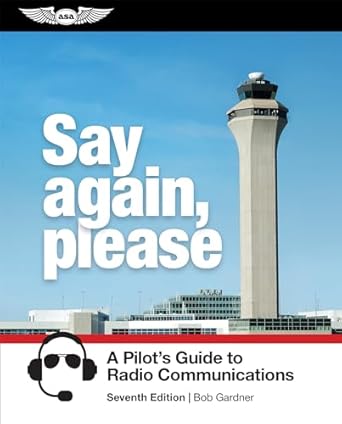
As new aviators come into the fold, one of the most daunting exercises is communicating via radio. Demystification of Aviation Radio: Gardner’s “Say Again, Please”. It aims to educate readers about ATC communications, as well as the different phrases used in the profession. The book provides practical examples, scenarios, and suggestions aimed at enhancing and efficient interaction with the ATC.
Flight of Passage by Rinker Buck
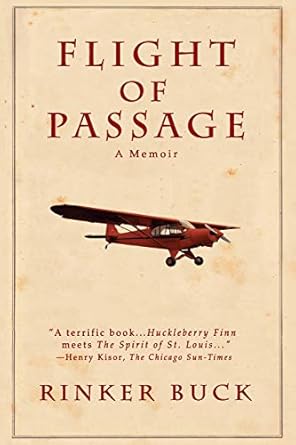
In this autobiographical book, the increasingly fascinating and tender portrait of two young brothers, Rinker and Kern Buck, is painted who in the summer of 1966 traveled the entire territory of the United States in a Piper Cub – a single engine light aircraft. It is one thing to go on a cross-country road trip from New Jersey to the West Coast – it is a different thing to do it with such young lads, who undergo a significant mental evolution. This memoir, by Rinker Buck, captures the essence of being young and having a dream, a brotherhood and the love for flying.
The Thinking Pilot’s Flight Manual: Or How To Survive Flying Little Airplanes and Have A Ball Doing It by Rick Durden
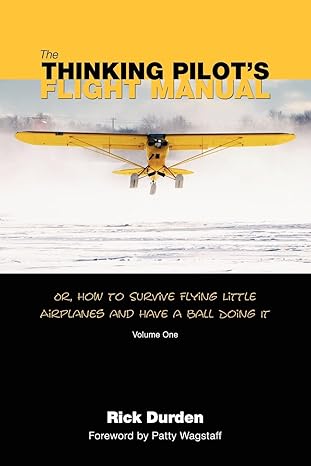
The present volume offers an interesting combination of discussion and practicality – combative prowess in the profession of aviation. One can even dare say that the book serves as a picture accompanied with philosophical training to its readers and mainly to pilots’ minds. Durden’s voice engages because it is simple and has twelve active verbs leaving complex matters simplified, and the recommendations will suit pilots at various levels of training.
Flight Discipline by Tony Kern
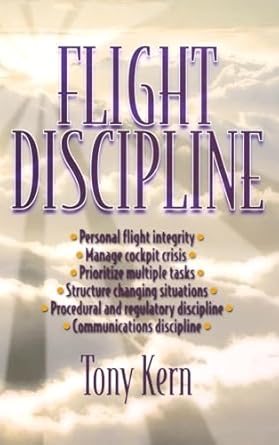
Kern’s “Flight Discipline gently” explores the aspects of professionalism and decision making in the airborne domain. The author helps to peep into the very basic psychological aspects of aviation context and trains the pilot to have the right mindset for flying in a safe and productive way. Embracing radical self-discipline in every aspect of flying, with the meticulous mindset of an ingenious French cleaning lady, covering every stage—from planning the flight to equipping the spacecraft to managing tasks during the flight.
Instrument flying handbook by the Federal Aviation Administration
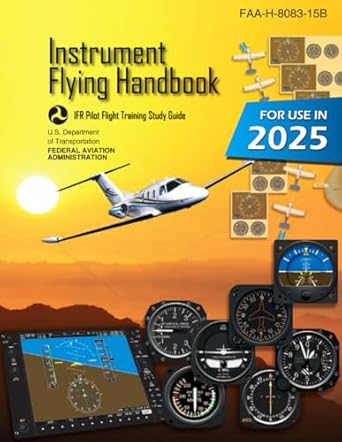
This handbook serves as a useful additional reference for pilots, that are pursuing their instrument rating, published by the Federal Aviation Administration (FAA). The handbook discusses topics from basic instrument flight operations to advanced ones including approach planning and operational procedures. However, the information is rather technical in nature and very helpful to those pilots who intend to operate when the visibility is very poor.
Conclusion
These ten books prove to be illustrative of the aspects of aviation from different angles, from the normal flying activities and the weather to the communication and the discipline. Whatever your quest is – technical literacy, historical frames, or some more practical information about flying, these are well written and structured pieces of literature which can be a support for every beginning pilot during their training as well as later in their career.



